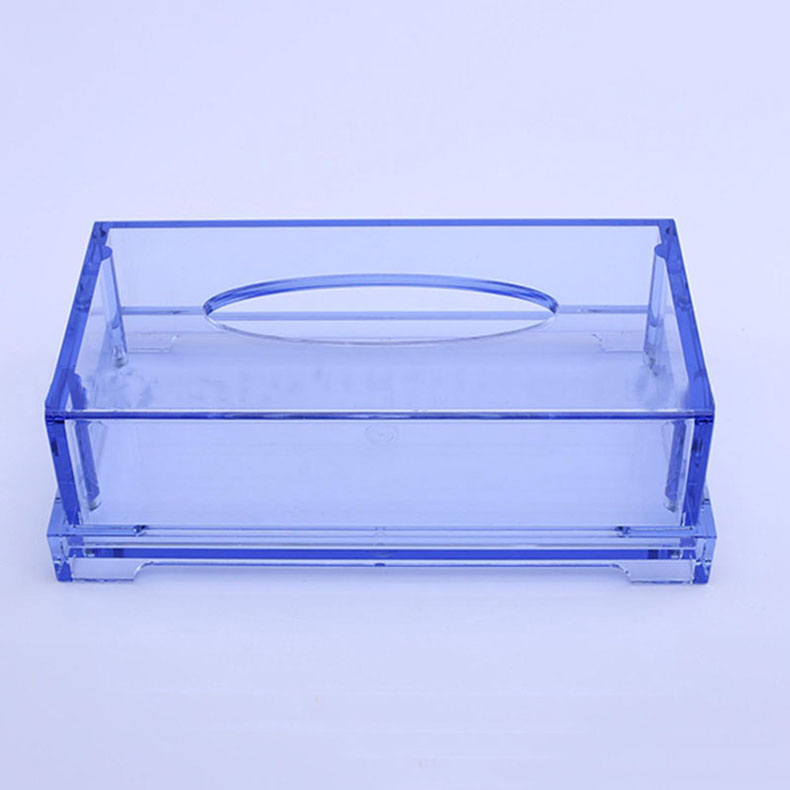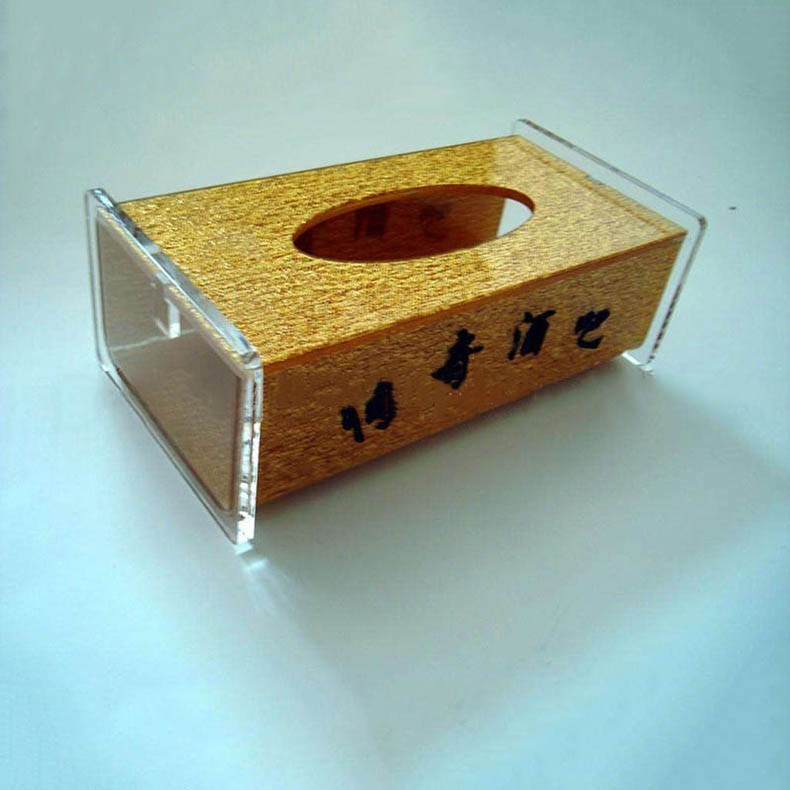Are Acrylic Lamp Shades Safe?
When it comes to home decor and lighting, safety is a paramount concern for homeowners. Among the various materials used for lamp shades, acrylic has gained considerable popularity due to its versatility, durability, and aesthetic appeal. However, the question of whether acrylic lamp shades are safe is one that many consumers ponder. This comprehensive analysis will delve into the safety aspects of acrylic lamp shades, examining their material properties, potential hazards, regulatory standards, and tips for safe usage.
Material Properties of Acrylic
Acrylic, also known as poly(methyl methacrylate) (PMMA), is a thermoplastic polymer known for its transparency, lightweight nature, and resistance to impact. Unlike glass, which can shatter into sharp fragments, acrylic is shatter-resistant, making it a safer alternative for household use. Acrylic lamp shades are often manufactured through processes such as extrusion and injection molding, resulting in a seamless and smooth surface that minimizes the risk of cuts or abrasions.
Fire Safety
One of the primary concerns regarding lamp shades is their flammability. Acrylic is generally considered less flammable than other plastics like polyvinyl chloride (PVC) or polyethylene (PE). However, it is not entirely fireproof. Under direct and prolonged exposure to high temperatures, acrylic can soften, melt, and eventually catch fire. The melting point of acrylic is around 160-170°C (320-340°F), which is significantly lower than the ignition point of most common household materials.
To mitigate the risk of fire, it is crucial to ensure that acrylic lamp shades are used in conjunction with appropriately rated light bulbs. Incandescent bulbs, particularly those exceeding 60 watts, generate significant heat and should be avoided with acrylic shades. Instead, opt for energy-efficient bulbs such as LEDs or compact fluorescent lamps (CFLs), which produce less heat and are less likely to cause the shade to overheat.
Toxicity and Off-Gassing
Another safety concern associated with plastic materials is the potential for off-gassing, where volatile organic compounds (VOCs) are released into the air. Some plastics, particularly those containing harmful additives like phthalates or Bisphenol A (BPA), can pose health risks when heated or worn down over time. Acrylic, however, is generally considered a safer alternative in this regard.
Most high-quality acrylic materials used in lamp shades are free from harmful additives and undergo rigorous testing to ensure they meet environmental and safety standards. Nevertheless, it is advisable to purchase acrylic shades from reputable manufacturers who can provide certifications such as RoHS (Restriction of Hazardous Substances) and REACH (Registration, Evaluation, Authorization, and Restriction of Chemicals) compliance.
Mechanical Safety
Acrylic’s durability and shatter-resistant properties make it an excellent choice for lamp shades, particularly in households with children or pets. Accidental knocks or drops that might shatter a glass shade pose minimal risk with acrylic, as it tends to crack rather than shatter, reducing the likelihood of injury from sharp fragments.
However, acrylic is not indestructible. Under extreme impact, it can crack or break, and while the pieces may not be as sharp as glass shards, they can still cause injury. Regular inspection of the lamp shade for any signs of wear or damage is essential to ensure continued safety. If cracks or chips are detected, the shade should be replaced immediately to prevent potential hazards.
Regulatory Standards and Certifications
In many countries, consumer products, including lamp shades, must comply with specific safety regulations. In the United States, the Consumer Product Safety Commission (CPSC) sets guidelines for the manufacture and sale of lighting products. Acrylic lamp shades that meet these standards are typically considered safe for household use.
Additionally, certifications such as UL (Underwriters Laboratories) can provide assurance of a product’s safety. UL certification verifies that the lamp shade has undergone rigorous testing to ensure it meets safety criteria related to fire, electrical, and mechanical hazards.
Installation and Maintenance Tips
To maximize the safety of acrylic lamp shades, consider the following tips:
Proper Installation: Ensure that the lamp shade is securely attached to the lamp base. Loose or improperly installed shades can fall, potentially causing injury or damage.
Heat Management: Monitor the lamp’s use and ensure it is not placed near flammable materials. Avoid using high-wattage bulbs that can generate excessive heat.
Regular Inspection: Conduct periodic checks for any signs of wear, such as scratches, cracks, or discoloration. Replace the shade if any damage is detected.
Cleaning: Use gentle cleaning methods to avoid scratching the acrylic surface. Avoid abrasive cleaners or harsh chemicals that can degrade the material over time.
Storage: If the lamp shade is not in use, store it in a safe place away from direct sunlight, which can cause discoloration and weaken the material.
Conclusion
In summary, acrylic lamp shades are generally safe for household use, provided they are sourced from reputable manufacturers and used appropriately. Their shatter-resistant properties, combined with a lack of harmful additives, make them a safer alternative to glass shades. However, caution must be exercised to avoid potential fire hazards and ensure proper installation and maintenance.
By understanding the material properties, regulatory standards, and safe usage practices of acrylic lamp shades, homeowners can enjoy the aesthetic and functional benefits of these lighting accessories without compromising safety.








